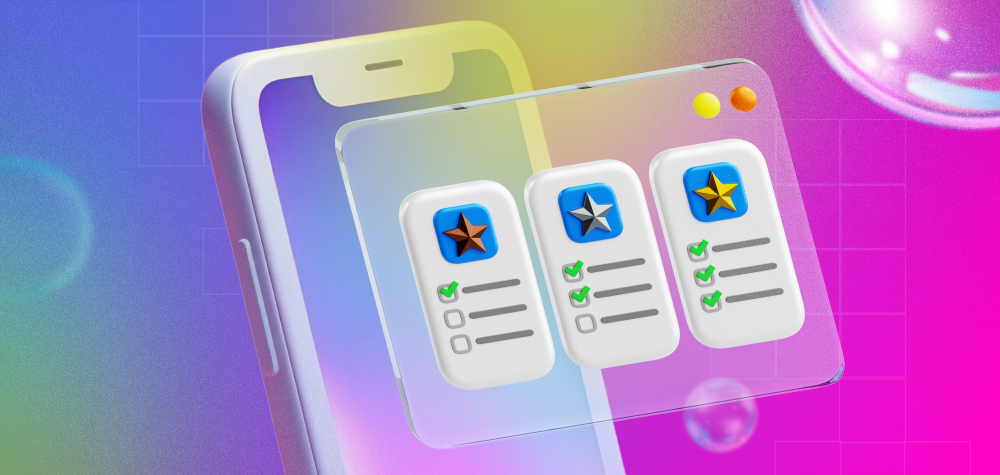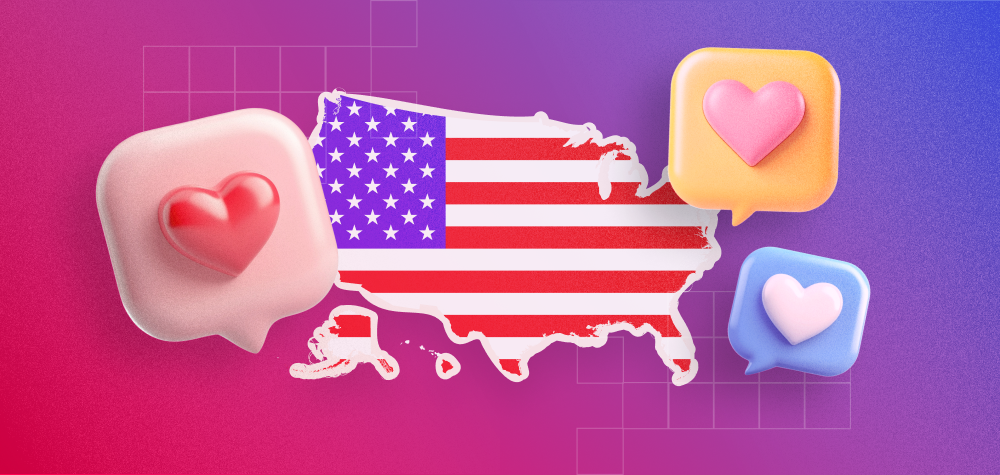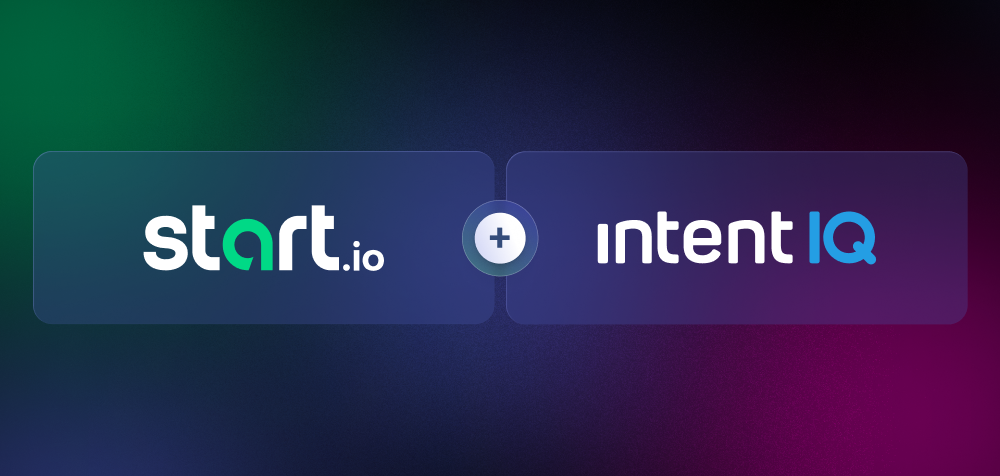An estimated 8 out of 10 developers who build a subscription-based mobile app fail to earn $1,000 per month in subscription revenue within their app’s first 24 months, according to new data from RevenueCat.
This finding suggests developers who want to reach revenue milestones should pursue a hybrid monetization strategy, offering a mix of subscriptions, in-app purchases, and advertising. Most mobile apps attract a diverse range of customers, some of whom will insist on an ad-supported option.
Building a successful, subscription-based mobile app isn’t easy. RevenueCat, which makes a tool that helps developers manage their subscriptions, estimates that fewer than 6% of mobile apps earn $10,000 or more per month in recurring revenue by year 2:
- 80.83% fail to earn $1,000 in monthly recurring subscription revenue (MRR) by year 2
- 19.17% earn $1,000+ in MRR by year 2
- 11.92% earn $2,500+ in MRR by year 2
- 8% earn $5,000+ in MRR by year 2
- 5.34% earn $10,000+ in MRR by year 2
Mobile consumers are fickle, no matter what type of app you’re building. It’s estimated that the average app loses 77% of their daily active users by day 3 after install.
1% customer conversion rate
Subscription-based apps can face an even steeper challenge, because they ask consumers to find enough value in their content that they’re willing to pay to access to the content. In a study of 75,000 subscription-based mobile apps, RevenueCat found that the median-performing app was able to convert just 1% of their downloads to a paying customer by day 35.
In practical terms, imagine that 10,000 people downloaded an app on day 1. By day 35, just 100 people would have converted to subscription-paying customers. That’s the median—half of subscription-based mobile apps fail to achieve a 1% conversion rate after 35 days.
Health and fitness apps outperform every other mobile app category in customer conversions. The median health and fitness app has a 35-day customer conversion rate of 2.7%, according to RevenueCat.
The top health and fitness subscription apps (those in the top 10% of performance), have a 35-day customer conversion rate of 12.1%—more than double the industry average.
Annual subscriptions dominate
In 2024, 41.4% of subscription apps primarily pushed annual subscriptions, compared to monthly subscriptions (29.8%) or weekly subscriptions (27%). There are some key benefits to annual subscriptions—developers get subscription money upfront, and they don’t have to ask customers to renew for 12 months.
Renewal periods coincide with an uptick in customer churn, as people make notes to themselves to cancel subscriptions that they’re not getting sufficient value from, according to RevenueCat.
The primary benefit of weekly and monthly subscriptions is a lower upfront cost, which can help convert customers who don’t want to pay $20 (and in some cases much more) for an annual subscription to an app.
Annual subscriptions are most popular with health and fitness apps. Roughly 2 out of 3 health and fitness apps primarily offer annual subscriptions, with a median price of $40 per year.
Monthly subscriptions are most popular with shopping apps. Some 51% of shopping apps primarily offer monthly subscriptions, with a median price of $5.99.
Weekly subscriptions are most popular with mobile games. Nearly 8 out of 10 games offer weekly subscriptions, with a median price of $4.99.
Across all annual subscription plans, education apps have the highest median annual subscription fee, at $44.99 per year. Travel apps have the lowest median annual subscription fee, at $18.67 per year, according to RevenueCat.
Dynamic offers based on user behavior
Gone are the days of one-size-fits-all subscription pricing—today, the price you see inside an app is increasingly dependent on your location and behavior.
For example, a highly engaged user who signs up for a one-week trial period and checks into the app every day might see an offer for a full-priced annual subscription on day 3.
In contrast, someone who downloads an app, fails to sign up for the trial and skips a few days before opening the app again might see an offer for a monthly subscription, with a discount on the first month.
In some cases, audience segmentation happens immediately after download, as users get a questionnaire asking them to self-identify what they want from the app. Their answers can put them on two or more customer journeys inside the app, with personalized subscription offers.
Developers also offer different prices based on a user’s geography. The median cost of an annual subscription in North America is $35.99, while in Southeast Asia it’s $17.96, according to RevenueCat.
The iOS App Store still drives the majority of subscription revenue, with 76.1% of developers saying they earned $8 out of $10 (or more) subscription dollars from Apple downloads.
Hybrid monetization
Successful apps combine multiple monetization streams, offering subscriptions, in-app purchases, and ads.
Mobile games are most likely to embrace hybrid monetization, with roughly 6 out of 10 subscription-based games also offering in-app purchases, lifetime subscriptions, and other monetization engines.
If your mobile app isn’t taking a hybrid approach to monetization, you could be leaving money on the table. It’s important to test a monetization mix that works for your customers and your specific app. Depending on your app, some of your customers might prefer a lightweight, ad-supported version, while others will be happy to buy a subscription for the full feature set.
Monetize your mobile apps with ads from Start.io. Connect with us to learn more about how Start.io can help.



